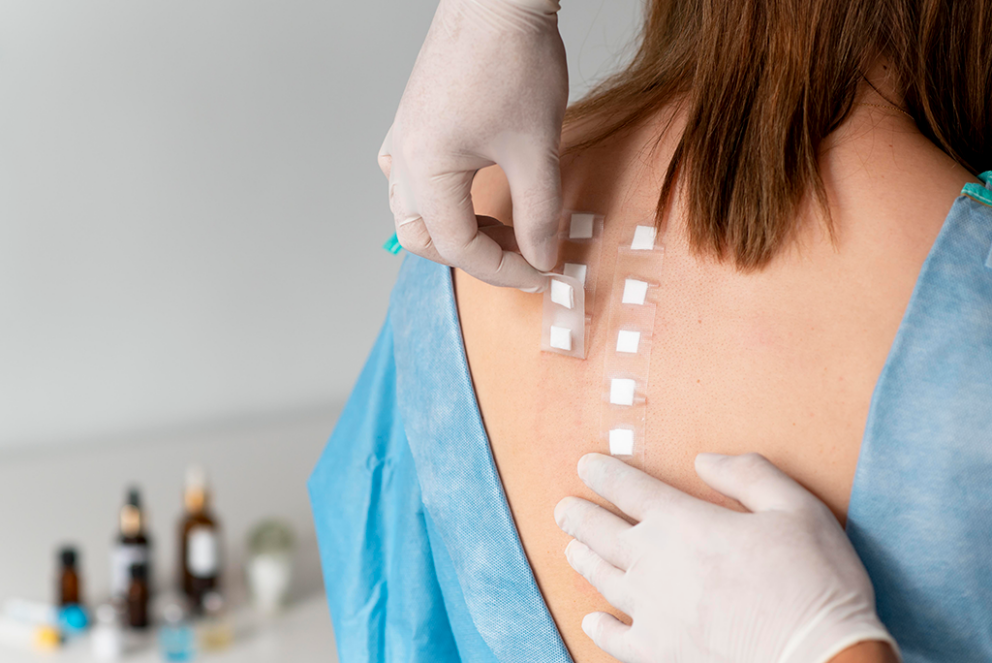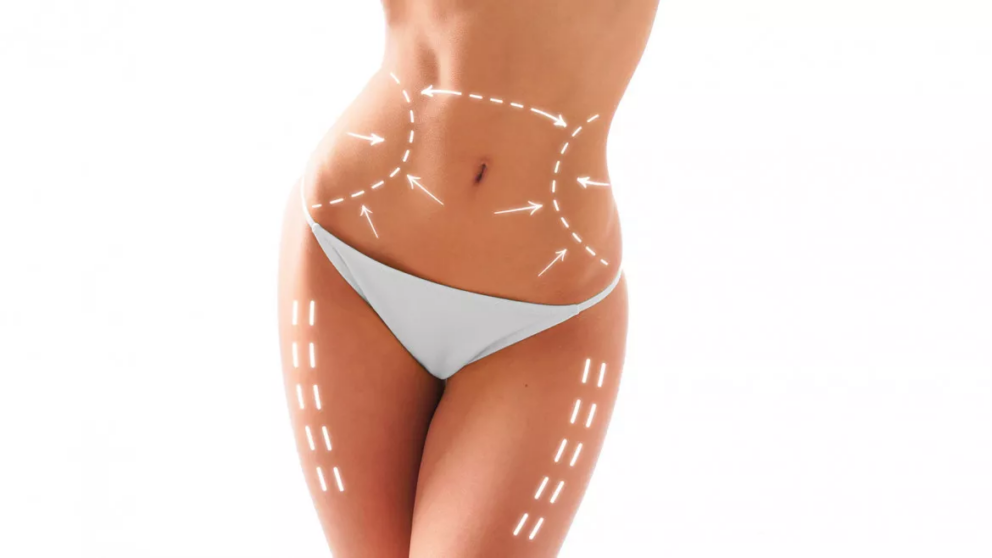Liposuction also reshapes these areas and this process is called contouring. Let's talk in more detail about what all this procedure involves.
Liposuction is not considered a total weight loss method or a weight loss alternative. Overweight people can lose more weight through diet and exercise or other types of surgery such as liposuction. However, it can help if you have excess body fat in specific places but otherwise have a stable body weight.
To sum it up, this cosmetic procedure will help you get rid of fat deposits that do not respond to diet and exercise in the long term. It can permanently remove fat cells (adipocytes) that store excess fat in a specific part of your body. You can have liposuction anywhere on your body where you have fat deposits.

Some of the most common areas of your body that are suitable for the procedure include:
- belly or waist
- hips
- back or chest
- face, cheeks, chin, or neck
- butt
- inner knees, calves, or ankles
- thighs
- upper arms
Who is a good candidate for liposuction?
Candidates for liposuction should meet certain requirements to make their procedure effective and safe. Candidates who qualify for the liposuction procedure include:
- Adults of average or slightly above average weight
- People who have firm skin with elasticity (high in protein - elastin) and good muscle tone
- Adults who are in good general health
- People who have fat pads and do not respond well to diet and exercise
- People with realistic goals for the outcome of the procedure
- Non-smokers
These are common qualifications that healthcare providers assess before recommending treatment. Your doctor will let you know if liposuction is right for you. However, certain factors can cause a liposuction procedure to be unsuccessful or pose a threat to your overall health.
THE PRICE OF THE PROCEDURE AS WELL AS INFORMATION ABOUT LIPOSUCTION CAN BE FOUND HERE
You may not be a candidate for liposuction if:
- You are underweight
- You have a BMI above 25
- You have a serious, life-threatening medical condition or a condition that may make healing difficult
- You have unrealistic expectations of progression
- You have poor skin quality.
Liposuction alone cannot improve the sagging, loose skin that is common after significant weight loss. If your goal is to get rid of loose skin, your healthcare provider may recommend liposuction along with removal of excess skin.
How can you prepare for the procedure?
- Before the procedure, discuss with your surgeon what you can expect from the surgery. Your surgeon will check your medical history and ask about your medical conditions. Tell your surgeon about any medications, supplements, or herbal supplements you are taking.
- Your surgeon may advise you to stop taking certain medications, such as blood thinners or non-steroidal anti-inflammatory drugs, at least one week before surgery.
- If only a small amount of fat is to be removed, the surgery can be performed in a clinic or doctor's office. If a large amount of fat is removed or if you have other procedures at the same time, the surgery may be done in the hospital.
What takes place before the procedure:
Liposuction with suction is the most common type of liposuction. Prior to your liposuction, the surgeon may outline the circles and lines on the areas of your body to undergo the procedure. The method of performing liposuction depends on the specific technique that is used. Your surgeon will select a technique based on your goals for the area of your body to be corrected and whether you have had other liposuction procedures in the past.

How the procedure works:
Some liposuction procedures use medications to numb a specific area of the body. These drugs are called local or regional anesthetics. If you are given local or regional medication, you may also be given a medicine, usually by injection, to help you stay calm and relaxed. Other procedures may use drugs called general anesthetics. They put you into a sleep-like state called anaesthesia. During the procedure, the surgical team monitors your heart rate, blood pressure and blood oxygen levels. If you receive local anesthesia and experience pain during the procedure, tell your surgeon. It may be necessary to adjust the medicine or procedure.
The procedure can take up to several hours, depending on how much fat is being removed. If you have had general anaesthesia, you will wake up in the recovery room. You will usually spend at least a few hours in a hospital or clinic so that the medical team can monitor your recovery. If you have had a lot of fluids taken away, you can stay overnight to make sure you are not dehydrated or in shock from fluid loss.
How it goes after the procedure:
Expect pain, swelling and bruising after the procedure. Your surgeon may give you medicines to help control the pain and reduce the risk of infection. After the procedure, your doctor may leave your incisions open or insert temporary drains to help fluid drain from your body. Most people need to wear tight clothing after surgery to help reduce swelling. These garments are also called compression garments and are worn for several weeks. You may have to wait a few days before returning to work. However, it may take a few weeks before you are able to start your usual activities, including exercise.
During this time, expect some differences in shape as the residual fat settles. It will take weeks to months for the swelling to subside and for you to see the final results. After liposuction, the swelling usually disappears within a few weeks. By this time, the treated area should look less bulky. Expect the treated area to look slimmer within a few months. As you age, the skin loses some firmness, but liposuction results usually last a long time if you keep the weight off. If you gain weight after liposuction, your fat levels may change. For example, you can get fat around the abdomen regardless of which areas were initially treated.






